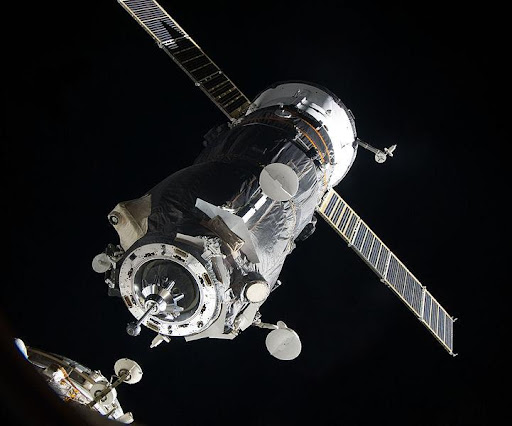Elastomers like silicone rubber have a central role in space technologies. They are used as sealants, encapsulants, connectors — e.g. gaskets, O-rings, etc. — and diaphragms in propellant tanks, docking mechanisms, optical systems, and a wide range of other subsystems used in spacecraft. Because of their ability to dissipate mechanical energy, elastomers can also be used for vibration mounts and shock absorbers. However, the poor thermal conductivity of existing elastomers can result in damaging hot spots from heat trapping or extreme internal stresses from mismatches in temperature and thermal expansion. This can be especially problematic for applications in which elastomers are used to seal or encapsulate propulsion systems, electronic instrumentation, laser optics, and other heat-producing components and subsystems.

In this SBIR project, Arieca will work with NASA to explore ways to use LMEEs to address these critical challenges in space technologies. Specifically, the team will develops a “space grade” version of LMEEs that exhibits the following properties: (i) negligible outgassing, (ii) withstand wide operational temperature range, (iii) Ability to survive cryogenic exposure and deep freeze storage, and (iv) resistance to embrittlement from irradiation. Such materials would eliminate the need for additional heat management systems that would otherwise be required to ensure uniform temperature distribution and to prevent heat from getting trapped.
To learn more about Arieca’s Space Grade formulations, reach out to partner@arieca.com.
